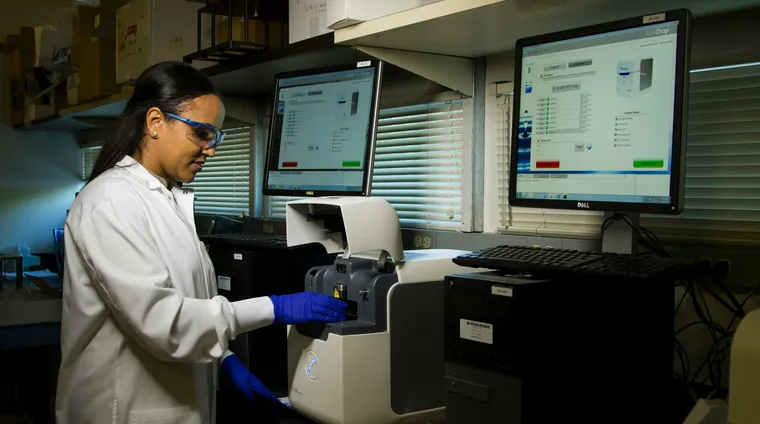Picture it as a digital command center, streamlining every process from lab diagnostics to billing, fundamentally transforming the medical practice landscape. With its integration capabilities, it consolidates patient information from various sources facilitating effective clinical decision-making.
Understanding Clinical Management Software: A Brief Overview
Clinical management software is a digital tool designed to streamline the operations of healthcare facilities. It aids in administering, coordinating, tracking, and improving various clinical processes, contributing to the overall efficacy and productivity of medical practices. With vast capabilities ranging from appointment scheduling, patient data storage, automated reminders, and billing, these software applications become integral components of an efficient healthcare delivery system.
Essentially, clinical management software serves as a bridge between clinicians and intricate healthcare processes, linking the spectrum of healthcare practice management to provide a comprehensive patient-centered approach. From electronic health records (EHR) and pharmacy systems to lab and imaging interface, the range of interconnected modules facilitates clinicians in delivering optimal patient care. This sophisticated technology is an imperative across various health disciplines, such as oncology, where it aids in chemotherapy drug management, disease management, and algorithm integration. This digital transformation of clinical processes aids in the accurate, swift, and effective management of patient's health, bringing about innovation in the healthcare sector.

Breaking Down the Features of Clinical Management Software
Clinical Management Software (CMS) is a multifaceted tool equipped with a slew of impressive features that streamline and elevate healthcare operations. For instance, its digital formatting abilities facilitate the secure sharing of information over networks, making patient data swiftly and safely accessible to authorized personnel. It also touts a robust tracking feature, allowing providers to monitor care and outcomes effectively. Moreover, CMS is designed to present trigger warnings, reminders, and the capacity to process orders, reports, and results - reducing administrative burden and increasing healthcare efficiency.
Another standout function in the CMS arsenal comes in the form of an integrated financial system that reduces billing processing time and fortifies billing accuracy. This feature, coupled with health information exchange utilities, promotes smooth and effective coordination between organizations. The software benefits also extend to better clinical decision making through the integration of information from multiple sources. Furthermore, the CMS has the capability to seamlessly interface with practice management, lab, imaging, hospital, payer, and pharmacy systems, making it a comprehensive tool that revolutionizes not just patient care, but the holistic management of healthcare organizations.
Clinical Management Software: Transforming Patient Care
As we continue to progress into the digital age, Clinical Management Software (CMS) is revolutionizing patient care. The software serves as a game-changer by enabling the seamless integration of patient data from numerous sources – including lab analysis, imaging results, hospital records, insurance information, and pharmacy systems. By bringing all this data together in one place, healthcare providers can access a complete patient profile, enhancing their decision-making processes and ultimately, the quality of patient care.
CMS also plays a significant role in enhancing care coordination through electronic health records (EHR). By enabling instant access to comprehensive patient data, it allows for a smoother flow of information between different healthcare professionals and sectors. This greatly reduces the chances of delay or miscommunication—a common occurrence in the traditional systems—and ensures that patients receive the most prompt and appropriate care. In essence, CMS is not only transforming patient care but also, in the long term, contributing to improved healthcare outcomes across the board.

